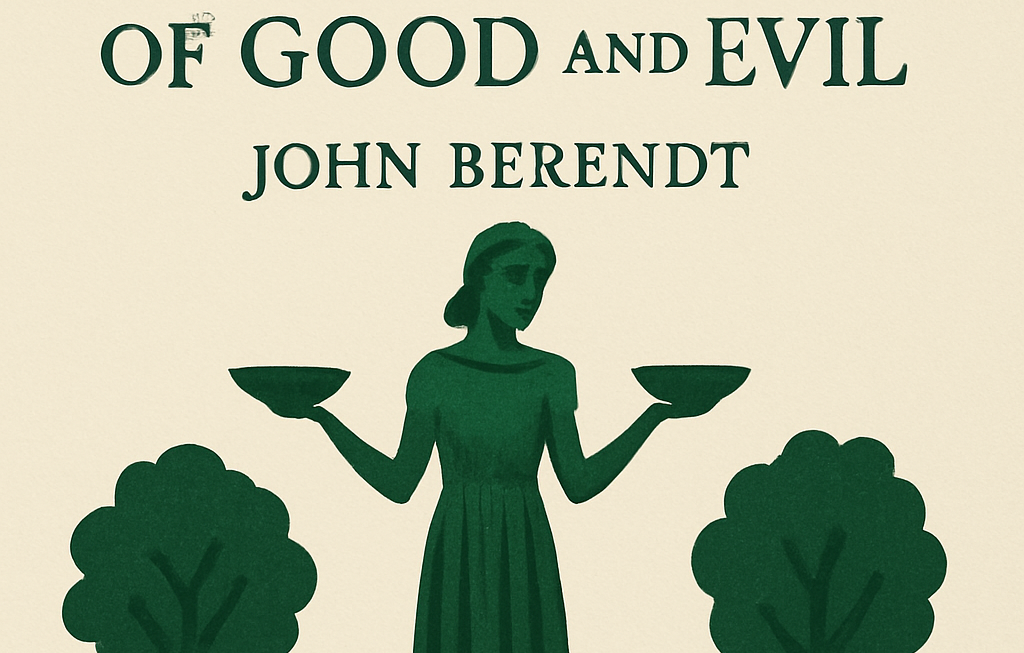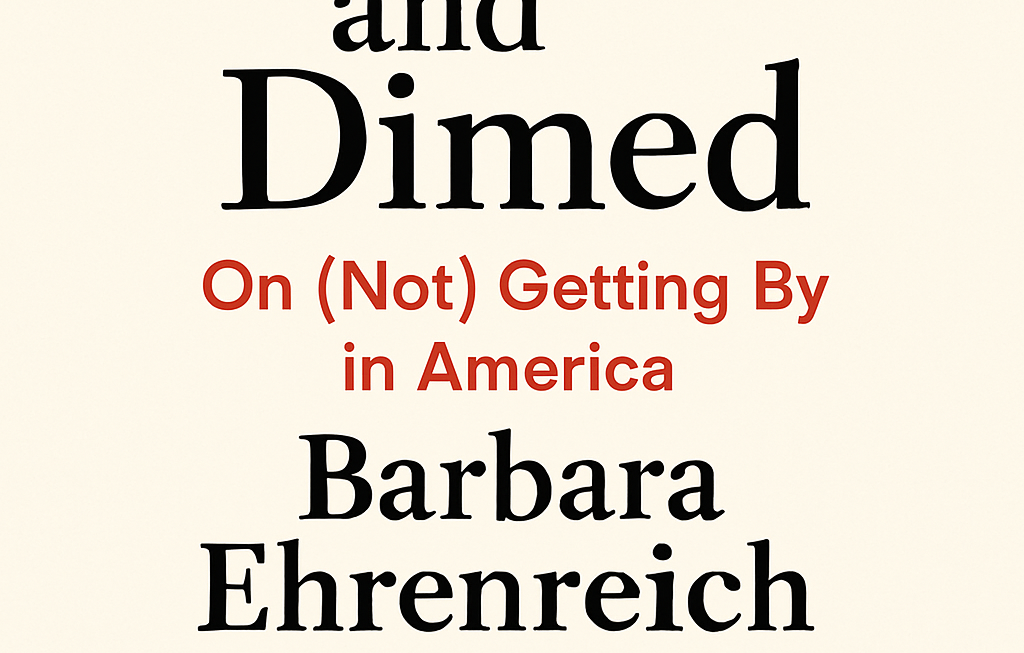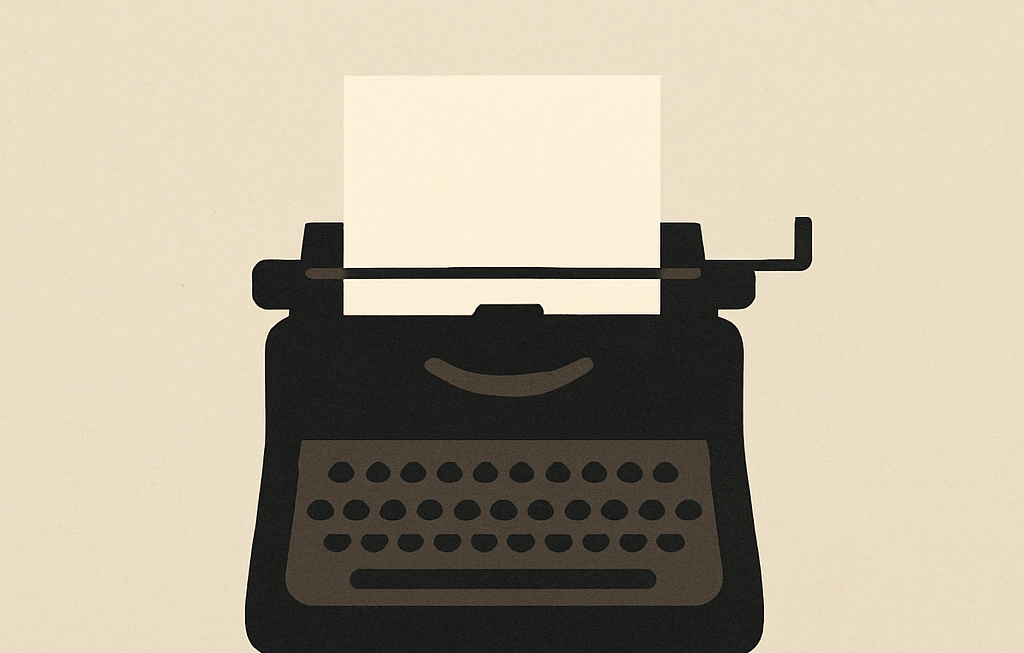Midnight in Savannah: A Conversation with John Berendt
John Berendt’s Midnight in the Garden of Good and Evil, published in 1994, wasn’t merely a bestseller; it was a cultural phenomenon. This meticulously crafted non-fiction narrative transported readers to the heart of Savannah, Georgia, a city steeped in history, shrouded in mystery, and populated by an unforgettable cast of characters. At the center of Berendt’s captivating tale is the murder trial of Jim Williams, a wealthy antiques dealer, whose life and death intertwine with the eccentricities of Savannah’s social landscape. The book, a blend of true crime, Southern Gothic, and insightful social commentary, captivated millions, cementing Berendt’s place as a master storyteller. His ability to weave together fact and narrative, to create a narrative as enthralling as any novel, marked a significant moment in literary non-fiction. Berendt himself, a journalist by training, approached his subject with a keen eye for detail and an ear for the richly textured dialogue of his subjects. His background, coupled with his meticulous research and lyrical prose, resulted in a work that transcends the genre, offering a deeply resonant exploration of morality, class, and the enduring power of place. The book’s success led to a film adaptation directed by Clint Eastwood, further solidifying its cultural impact. But the journey to creating this literary masterpiece wasn’t without its challenges and controversies, as we’ll explore in this conversation with the author himself.
A Conversation with John Berendt
- 1. The book is often described as blending fact and fiction. How did you navigate the ethical tightrope of representing real people and events in a way that felt both accurate and compelling?
The line between fact and narrative was always present in my mind. I strived for complete accuracy in the factual details of the trial and the events surrounding it. However, the power of storytelling lies in the ability to bring those details to life, to create a narrative arc that engages the reader. I feel that I did this using factual events, though the manner of presenting them is naturally more artistic than, say, a court transcript. It was critical for me to keep the narrative as truthfully aligned to what happened as possible, and to treat every individual’s story with respect. The goal wasn’t to invent but to illuminate and synthesize.
- 2. Savannah itself acts as a character in the book. Can you discuss your conscious decision to portray the city as integral to the narrative?
Savannah is deeply ingrained in the very fabric of the story. It’s not just a backdrop; it’s a character with its own rich history, unique atmosphere, and eccentric personality. Its haunted beauty, its hidden alleys, its gothic architecture—all of these elements contribute to the overall atmosphere of mystery and intrigue. I wanted to capture the essence of Savannah, its spirit, its contradictions, to show how the city itself shapes the lives and destinies of its inhabitants. I believe the city’s role is essential to understanding the events and the people involved.
- 3. The characters in Midnight are undeniably eccentric. Was this a conscious choice, or did it naturally emerge from your observations?
It wasn’t a conscious choice to find eccentric characters—Savannah simply is populated with them! The city, with its peculiar history and societal structures, seems to nurture unique individuals. My role was to observe, listen, and present them as authentically as possible. I aimed to capture their idiosyncrasies, their strengths, and their flaws, to create portraits that are both captivating and believable. The drama itself unfolded around such remarkable individuals, and it was my responsibility to share that truth, not fabricate it.
- 4. The book’s success sparked significant tourism in Savannah. Did this outcome meet your expectations, or did it present unforeseen challenges?
The influx of tourism to Savannah was certainly unexpected, yet undeniably gratifying. I’m thrilled that the book has brought more attention to this beautiful and historically significant city. However, the increased tourism did come with consequences, both positive and negative. Some businesses flourished, but it was important for me to ensure the book’s role in that growth was acknowledged and, to the best of my abilities, managed responsibly. It’s a complex matter that required balance and attention.
- 5. Some critics questioned the book’s objectivity. How do you respond to those who felt your portrayal of Jim Williams was overly sympathetic?
I sought to present a balanced perspective, to capture the complexities of Jim Williams’s personality and his actions. I believe in portraying characters with all their nuances, not simply as heroes or villains. It’s difficult for those who only know him from court records to view him through the many years of personal interactions and character witnessed that I did, but I sought to tell his full story, both good and bad. Ultimately, I attempted to reveal the man’s essence as fully as possible within the narrative structure.
- 6. The book touches on themes of class and social structures in the South. How did these dynamics influence the narrative?
The social dynamics of Savannah, with its complex class structures and history of racial tension, were undeniably integral to the narrative. These elements contributed to the atmosphere of mystery and intrigue, and they provided crucial context to understanding the motivations and actions of the characters involved. It was essential for me to represent this side of Savannah’s personality in the book, as it helps explain the events that took place and the circumstances that brought the book’s events to a head.
- 7. Your subsequent book, The City of Falling Angels, shares a similar narrative style. Was this a conscious stylistic choice, or a natural evolution of your writing process?
The narrative style in The City of Falling Angels reflects a natural evolution of my writing process. I believe in finding the best way to present a story, to immerse the reader in the narrative and make it come alive. Both books reflect a desire to capture the essence of a particular place and to explore the lives and motivations of its inhabitants. Both books require the reader to not only read but to engage. I believe that this approach makes for a more meaningful reading experience.
- 8. What specific writers or works have had the most profound influence on your style and approach to narrative non-fiction?
Many writers have influenced my approach, but I am particularly drawn to those who seamlessly blend factual reporting with compelling narrative techniques. Writers who can paint a vivid picture, create memorable characters, and create a sense of place while maintaining journalistic integrity. The ability to create empathy within a non-fiction piece is critical to me, and these writers helped me understand that.
- 9. If you could offer one piece of advice to aspiring writers of narrative non-fiction, what would it be?
My advice to aspiring writers is to immerse yourself completely in your subject matter. Spend time with your characters, understand their motivations, and let the story unfold organically. Don’t be afraid to experiment with different narrative techniques, but always maintain a strong commitment to accuracy and ethical storytelling. Most importantly, never lose your passion for telling the story.
- 10. Looking back at the creation and reception of Midnight in the Garden of Good and Evil, what aspects of the experience stand out as most significant or surprising?
The sheer scale of the book’s success was certainly surprising. The overwhelming response from readers, and the way the book resonated with people from all walks of life, is something I still find deeply humbling. The lasting impact it has had on Savannah and the enduring interest in the story itself stands out to me as a testament to the power of place and the enduring appeal of a well-told tale.



